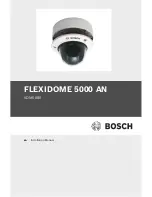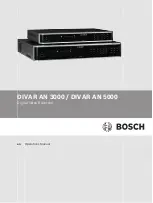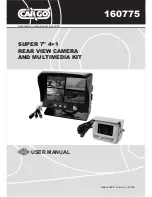
28.3.7
Air infiltration
28.3.7.1
General information
Due to the wind pressure on a building, temperature differences between the inside
and the outside of the building, and the fact that most buildings use exhaust air terminal
devices to extract used air from the building, a negative pressure of 2–5 Pa can be
expected. When this negative pressure leads to cold air entering the building structure
due to deficiencies in building insulation and/or building sealing, we have what is
called
air infiltration
. Air infiltration can be expected at joints and seams in the building
structure.
Due to the fact that air infiltration creates an air flow of cool air into e.g. a room, it can
lead to substantial deterioration of the indoor climate. Air flows as small as 0.15 m/s
(0.49 ft./s) are usually noticed by inhabitants, although these air flows may be difficult
to detect using ordinary measurement devices.
On an infrared image air infiltration can be identified by its typical ray pattern, which
emanates from the point of exit in the building structure—e.g. from behind a skirting
strip. Furthermore, areas of air infiltration typically have a lower detected temperature
than areas where there is only an insulation deficiency. This is due to the chill factor
of the air flow.
28.3.7.2
Commented building structures
This section includes a few typical examples of details of building structures where
air infiltration may occur.
Comment
Structural drawing
Insulation deficiencies at the eaves of a brickwall
house due to improperly installed fiberglass insu-
lation batts.
The air infiltration enters the room from behind the
cornice.
10552503;a2
28
Publ. No. 1558550 Rev. a557 – ENGLISH (EN) – October 7, 2011
203
28 – Introduction to building thermography
Summary of Contents for B6 series
Page 2: ......
Page 4: ......
Page 6: ......
Page 8: ......
Page 9: ...User s manual Publ No 1558550 Rev a557 ENGLISH EN October 7 2011...
Page 12: ...INTENTIONALLY LEFT BLANK xii Publ No 1558550 Rev a557 ENGLISH EN October 7 2011...
Page 192: ...it 26 174 Publ No 1558550 Rev a557 ENGLISH EN October 7 2011 26 Dimensional drawings...
Page 325: ......
















































